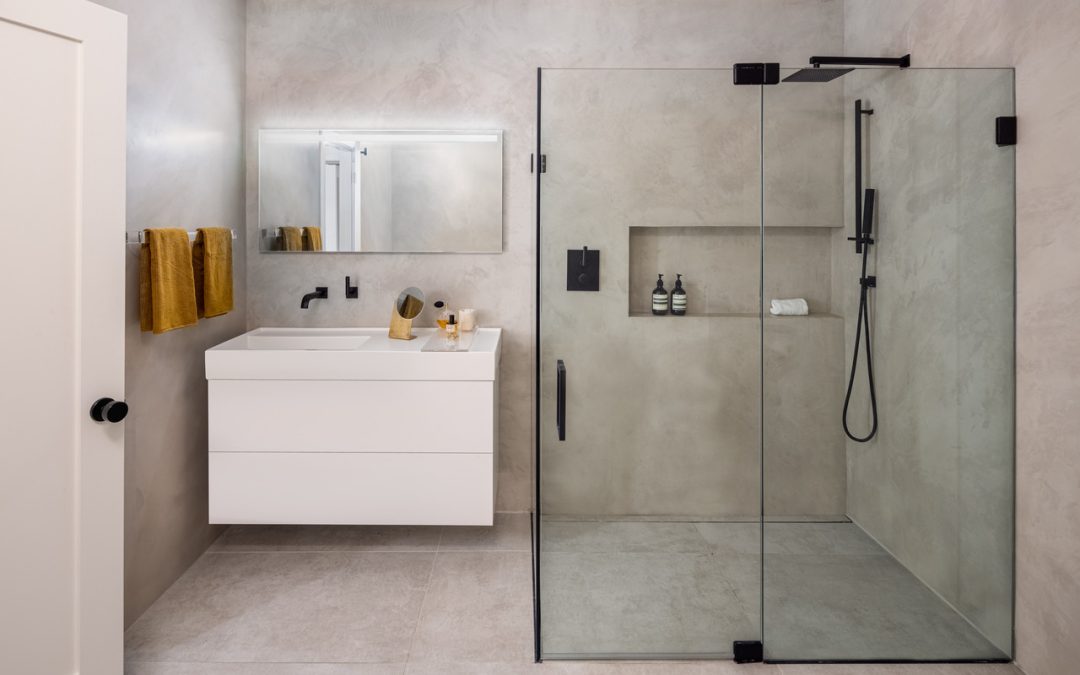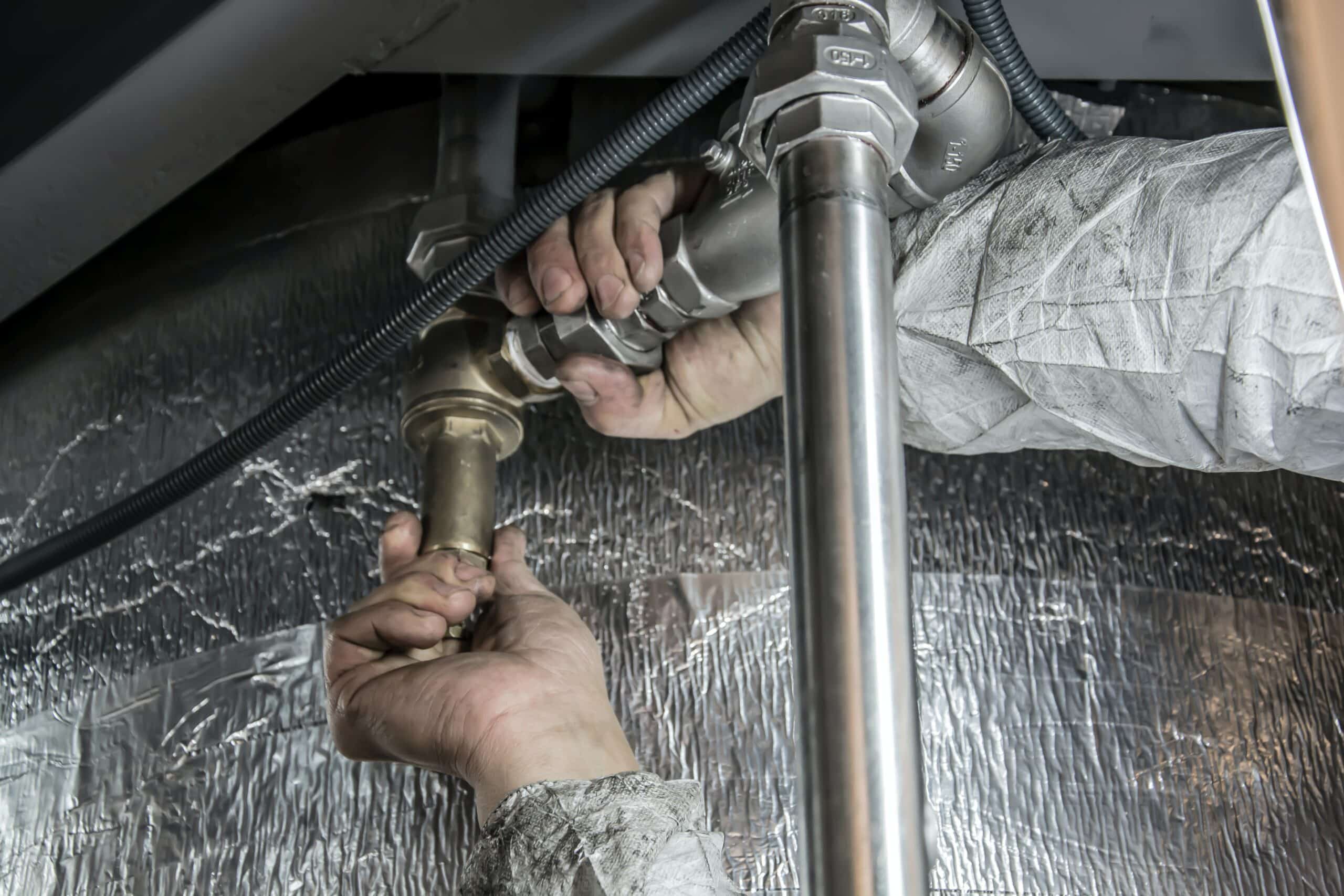Revealing the Next Chapter of Plumbing: Developments and Breakthroughs
Revealing the Next Chapter of Plumbing: Developments and Breakthroughs
Blog Article
Just how do you actually feel about The Future of Plumbing: Trends and Innovations to Watch?

Intro
The plumbing market is undertaking a transformative phase driven by technical innovations and growing problems for sustainability and effectiveness. This article explores emerging trends and technologies shaping the future of pipes.
Smart Pipes Equipments
Including wise modern technology right into pipes systems enables remote tracking, leakage detection, and automated upkeep. Smart sensors and IoT (Internet of Things) devices permit house owners and plumbing technicians to monitor water use and find problems in real-time, resulting in more effective source management and positive maintenance.
Water Effectiveness Solutions
With increasing emphasis on water conservation, ingenious remedies are being developed to reduce water waste in plumbing systems. High-efficiency components, greywater recycling systems, and clever watering controllers are amongst the innovations aiding consumers minimize their water footprint while keeping convenience and ease.
Sustainable Products
The shift in the direction of sustainability reaches pipes materials, with a growing choice for environment-friendly choices. Naturally degradable piping products, such as PEX (cross-linked polyethylene) and HDPE (high-density polyethylene), offer resilience and resistance to deterioration without compromising environmental stability.
Predictive Maintenance
Predictive upkeep strategies take advantage of information analytics and machine learning algorithms to expect and stop pipes concerns before they occur. By evaluating historic data and efficiency metrics, anticipating maintenance formulas can determine patterns and anomalies, making it possible for proactive treatments to stay clear of expensive fixings and interruptions.
Increased Fact in Pipes
Enhanced Fact (AR) innovation is reinventing pipes by supplying specialists with real-time visual guidance for repairing and repair tasks. AR-enabled clever glasses or mobile applications overlay electronic information onto the physical setting, assisting plumbings imagine pipe layouts, recognize hidden leaks, and execute repair services with accuracy.
Impact of 3D Printing
The arrival of 3D printing has presented new possibilities in making plumbing elements. From custom-made fixtures to elaborate pipe installations, 3D printing allows for quick prototyping and on-demand manufacturing, decreasing lead times and allowing higher modification in pipes style.
Health and Safety Characteristics
In response to heightened concerns for health and safety, pipes fixtures are including functions such as antimicrobial surface areas, touchless procedure, and self-cleaning devices. These technologies not just improve health but likewise promote customer convenience and benefit.
Hygiene-focused Fixtures
Touchless faucets, self-sanitizing commodes, and antimicrobial surface areas are coming to be increasingly widespread in residential and industrial setups, lessening the threat of germ transmission and promoting a cleaner, healthier setting.
Water Top Quality Surveillance
Improvements in water top quality tracking modern technologies allow property owners to keep an eye on the purity and security of their water in real-time. Smart water quality sensors can find pollutants, pH levels, and temperature level variants, equipping customers to take positive actions to make sure water safety and security.
Remote Pipes Providers
Remote diagnostics and virtual assistance are changing the method pipes solutions are provided. With video conferencing and remote access modern technologies, plumbings can repair problems, offer advice for do it yourself repair services, and even perform remote assessments, providing greater ease of access and convenience to homeowners.
Difficulties and Opportunities
While plumbing advancements hold immense guarantee, they likewise present difficulties such as data privacy concerns, regulative conformity, and the requirement for labor force training. Resolving these challenges requires partnership between industry stakeholders and regulatory bodies to ensure secure and responsible implementation of brand-new innovations.
Governing Landscape
Regulatory frameworks play an important duty in shaping the adoption of plumbing advancements, with criteria and codes controling everything from water performance to product safety and security. As technologies remain to develop, regulative bodies should adjust to make certain customer defense and ecological stewardship.
Future Outlook
The future of plumbing is identified by proceeded innovation and assimilation with various other industries such as IoT, renewable energy, and building automation. By accepting sustainable practices, leveraging emerging modern technologies, and prioritizing user-centric design, the pipes market is positioned to resolve the developing requirements of culture while lessening its ecological footprint.
Conclusion
Finally, the future of plumbing is specified by a merging of innovation, sustainability, and user-centric design. By embracing clever options, sustainable products, and proactive maintenance methods, the plumbing industry can enhance efficiency, promote security, and add to a much more lasting future.
Plumbing Industry Trends You Need To Know
Smart technology in plumbing
Homeowners want to be able to manage their homes from their phones. The technology exists to make that happen. From smart toilets to leak detector devices, the whole plumbing system can be managed on an interconnected network made up of sensors, IoT devices, and machine learning algorithms.
This allows for wireless control to turn appliances on and off, automate routines, and access advanced monitoring to track water usage and flag potential issues. Smart technology streamlines water consumption, maintenance and energy usage, creating a more efficient system.
Green plumbing
The data analysis possible with smart technology not only improves convenience and cost-effectiveness but also fulfills a high-priority customer desire – sustainability. Consumers are very aware of their impact on the planet and want plumbing solutions to reduce damage and support sustainability. Eco-friendly plumbing solutions are already starting to emerge.
Customers can opt for low-flow toilets, water-saving faucets, and connections to sustainable energy sources. Beyond monitoring water consumption, customers can conserve water through the installation of greywater systems. This is a system that collects water that has been used but is still clean enough for some household uses such as toilet flushing.
Shorter product pipeline
To keep up with modern plumbing, plumbers need modern tools that enable them to complete jobs more efficiently. One technology making strides in this area is 3D printing. By 3D printing key plumbing fixtures, plumbers can reduce wait times even for specialized fixtures. It minimizes delays often seen in traditional manufacturing that frustrate customers and prevent plumbers from taking on more work.
Off-site repairs
Augmented reality is making a splash in many industries including plumbing. Plumbers can map a building online so they can explore the plumbing system through augmented reality, identifying areas of maintenance and repair completely digitally. This technology can be applied quite widely in plumbers’ work including planning installations and training new recruits. It’s safer, smarter and more efficient.
Low-footprint materials
Another way for plumbing companies to reduce their environmental footprint and meet the customer demand for sustainability is by using recycled materials in their work. The products they source and manufacture such as pipes, fixtures and faucets can be made from recycled materials. This saves the planet while being just as effective.
Onsite water purification
Additionally, plumbing companies can be advocates of water conservation and ease the financial and environmental concerns of customers by offering water purification systems. New water purification technology such as reverse osmosis systems and UV systems make it possible for homeowners and business owners to thoroughly cleanse water, removing contaminants onsite. This means the water can be safely reused in more ways than greywater can be, establishing a water recycling loop.
Tankless water heaters
Another innovation of modern plumbing is tankless water heaters. The idea is that the water is heated on demand as it runs through the system instead of being heated in a water tank. This is more energy efficient and therefore cost-effective and eco-friendly because water isn’t heated needlessly.

I hope you enjoyed our post about 7 Plumbing Industry Trends You Need To Know. Thanks a lot for spending some time to read through our article. Don't hesitate to take a moment to promote this blog posting if you enjoyed reading it. Many thanks for your time. Revisit us soon.
Information Report this page